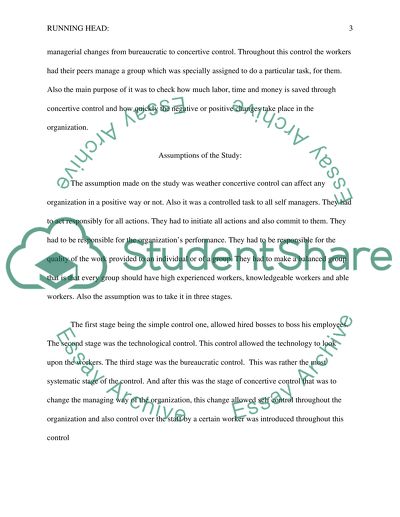Cite this document
(“Critical Review Essay Example | Topics and Well Written Essays - 1000 words - 1”, n.d.)
Critical Review Essay Example | Topics and Well Written Essays - 1000 words - 1. Retrieved from https://studentshare.org/other/1400296-critical-review
Critical Review Essay Example | Topics and Well Written Essays - 1000 words - 1. Retrieved from https://studentshare.org/other/1400296-critical-review
(Critical Review Essay Example | Topics and Well Written Essays - 1000 Words - 1)
Critical Review Essay Example | Topics and Well Written Essays - 1000 Words - 1. https://studentshare.org/other/1400296-critical-review.
Critical Review Essay Example | Topics and Well Written Essays - 1000 Words - 1. https://studentshare.org/other/1400296-critical-review.
“Critical Review Essay Example | Topics and Well Written Essays - 1000 Words - 1”, n.d. https://studentshare.org/other/1400296-critical-review.


